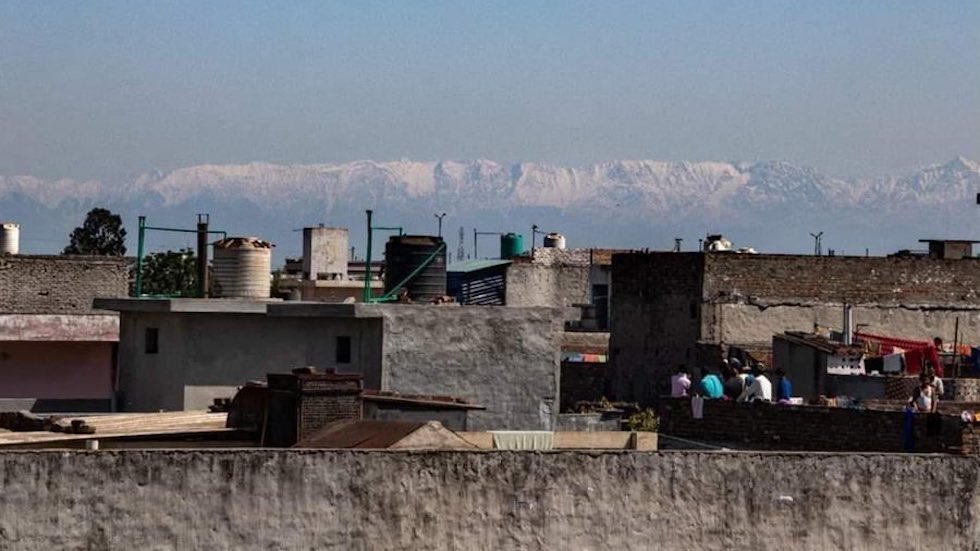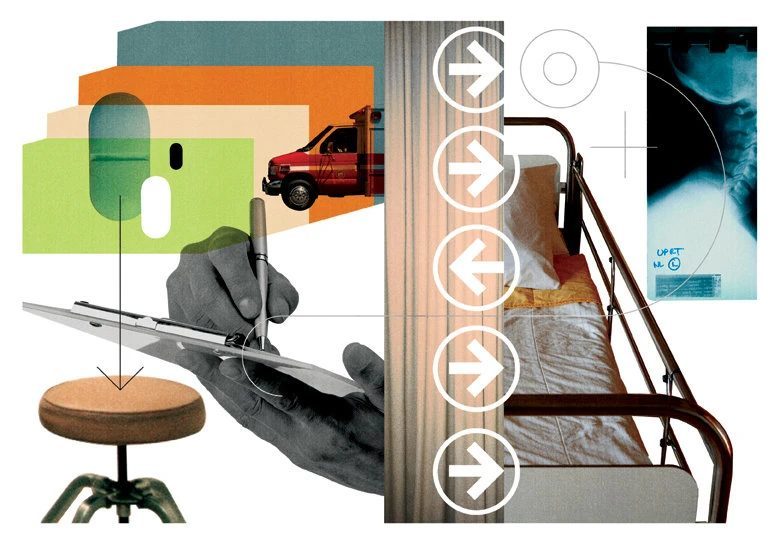New research from University of Cambridge published in the journal Proceedings of the National Academy of Sciences (PNAS):

 www.cam.ac.uk
www.cam.ac.uk
Smoking gun?
Here's the original paper available in entirety:

 www.pnas.org
www.pnas.org
Notice that this research only covers COVID-19 samples from December 2019 until March 2020 and from a very specific database. Giuseppe Remuzzi, the director of the Mario Negri Institute for Pharmacological Research in Milan, has said that general practitioners remember having seen very strange pneumonia, very severe, particularly in old people starting from November. Ideally those and other so far unsuspected samples should be analyzed to better track patient zero phylogenetically.

COVID-19: genetic network analysis provides ‘snapshot’ of pandemic origins
Study charts the 'incipient supernova' of SARS-CoV-2 through genetic mutations as it spread from China and Asia to Australia, Europe and North America.
Mutated versions of ‘A’ were seen in Americans reported to have lived in Wuhan, and a large number of A-type viruses were found in patients from the US and Australia.
Variant ‘A’, most closely related to the virus found in both bats and pangolins, is described as “the root of the outbreak” by researchers. Type ‘B’ is derived from ‘A’, separated by two mutations, then ‘C’ is in turn a “daughter” of ‘B’.
The A and C types are found in significant proportions outside East Asia, that is, in Europeans and Americans. In contrast, the B type is the most common type in East Asia
Smoking gun?
Here's the original paper available in entirety:

Phylogenetic network analysis of SARS-CoV-2 genomes
This is a phylogenetic network of SARS-CoV-2 genomes sampled from across the world. These genomes are closely related and under evolutionary selection in their human hosts, sometimes with parallel evolution events, that is, the same virus mutation emerges in two different human hosts. This makes...
Notice that this research only covers COVID-19 samples from December 2019 until March 2020 and from a very specific database. Giuseppe Remuzzi, the director of the Mario Negri Institute for Pharmacological Research in Milan, has said that general practitioners remember having seen very strange pneumonia, very severe, particularly in old people starting from November. Ideally those and other so far unsuspected samples should be analyzed to better track patient zero phylogenetically.








